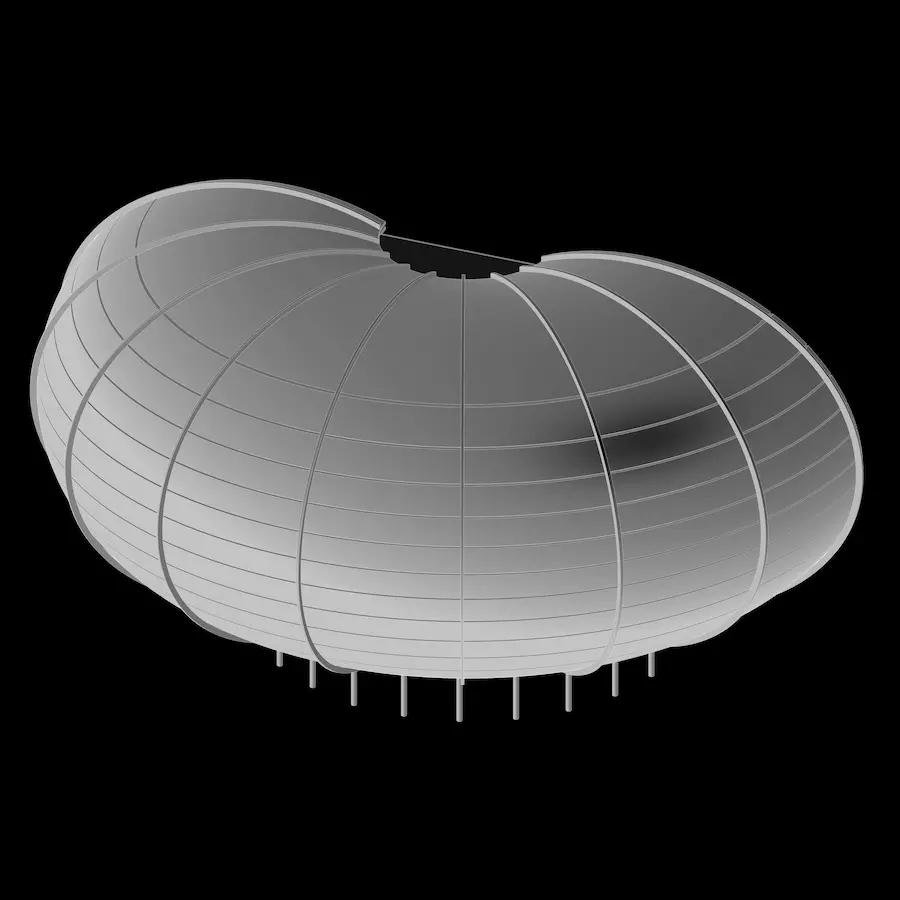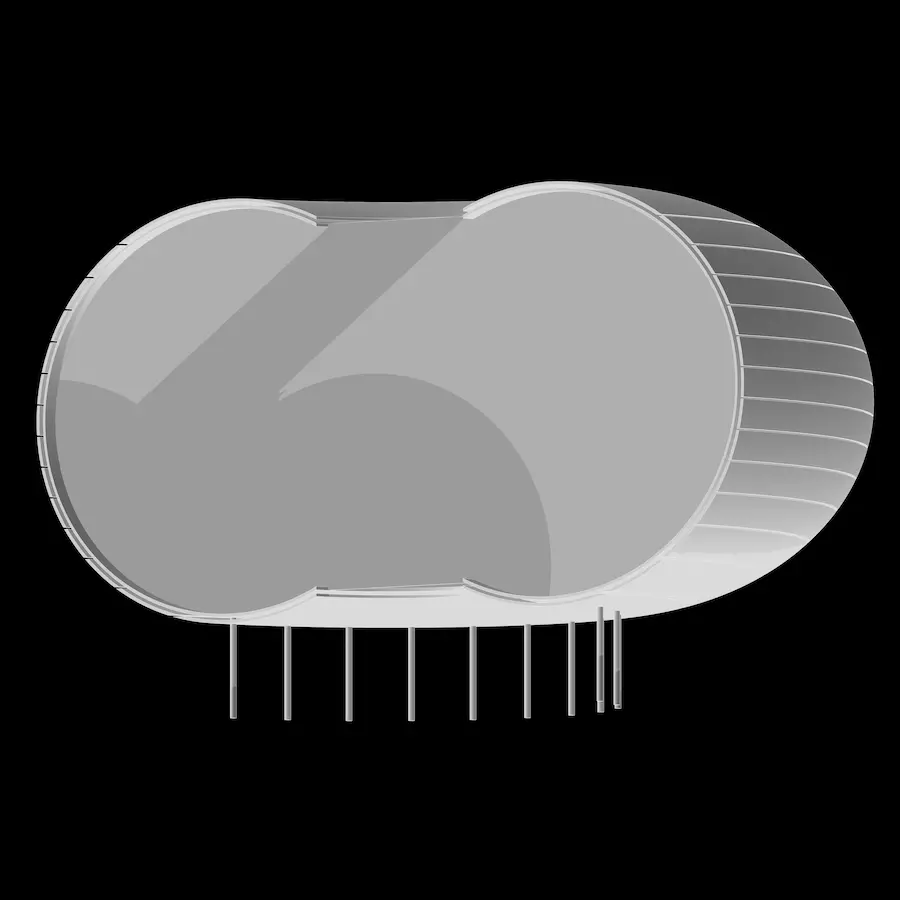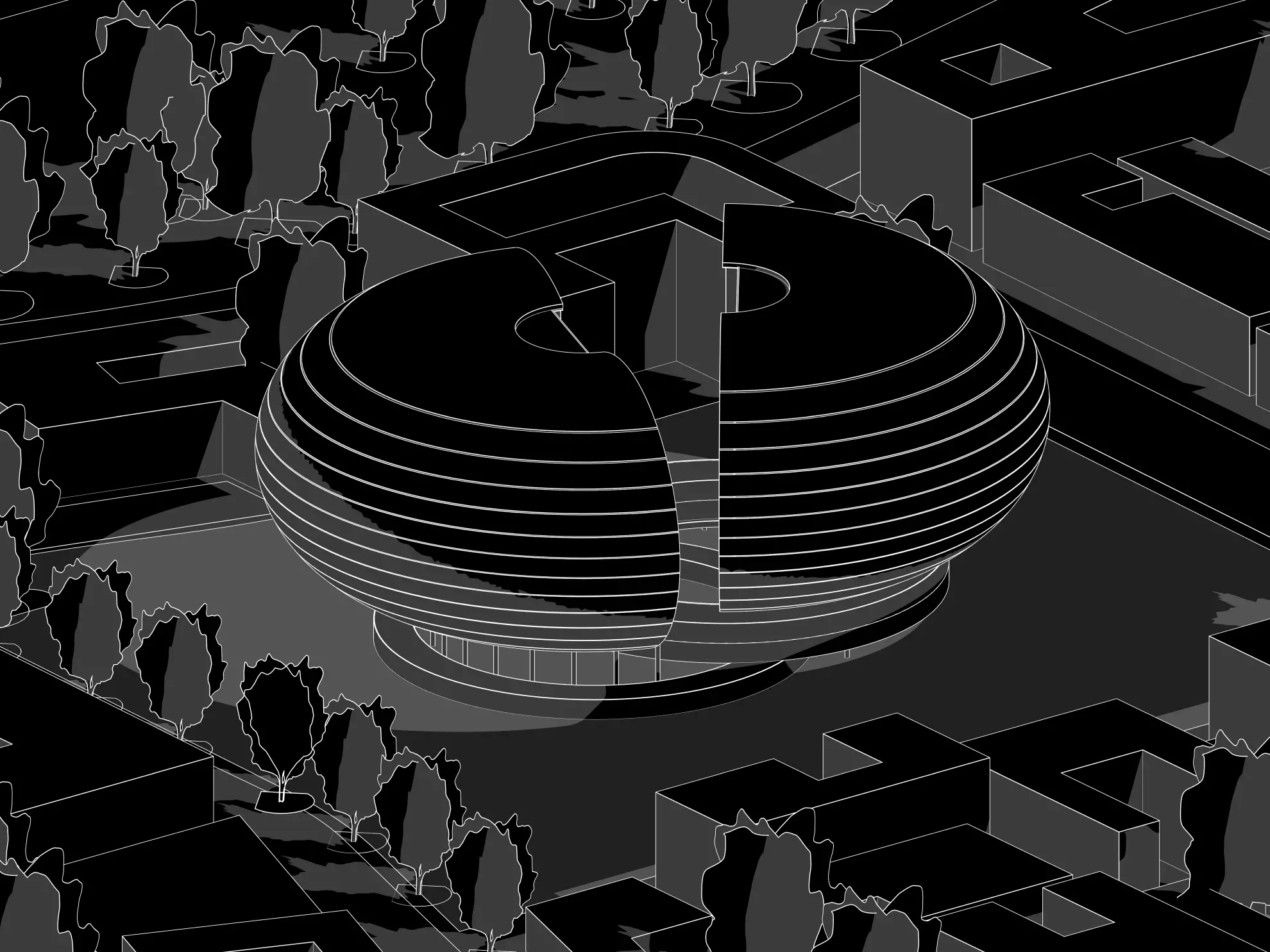“The West Africans are beasts who have no houses. They are also people without heads, having their mouths and their eyes in their breasts”
John Locke, 1561
“Civic buildings and public gathering places require important sites to reinforce community identity and the culture of democracy. They deserve distinctive form, because their role is different from that of other buildings and places that constitute the fabric of the city”
Charter of New Urbanism
The design for the cinema is initiated by redefining a cinema as a place where the stories of a civilisation are told, in all its forms, using all available means. To further deepen the underpinnings of the design, storytelling is defined here as the conveying of events in words, images and sounds, often by improvisation or embellishment and is considered to span in scope from movies, poetry and music to documentaries, news, and museum exhibitions. The primacy of the cinematic institution lies in its ability to influence our perceptions of our world and of the world of others.
This is evident in the far-reaching impact of stories such as those of Ananse, which, although started in Ghana, is shown to have traveled as far as the USA and Australia, as well as the influence of Hollywood, for example, in shaping the world’s notions of the USA. The fact that the quote above, by John Locke, started centuries of Western media’s pejorative reportage on African issues goes to show the necessity for people to be able to tell their own stories in a balanced and well-represented manner.
Therefore, the architecture is conceived of and the process initiated as a search for a worthy receptacle for the telling of Ghanaian stories. It is inspired by Kofi Awoonnor’s poem “Rediscovery” and by Ananse and his spider web of beautiful narratives and new urbanist ideas.
The resultant wide-ranging programmatic interpretations, from face-to-face narration rooms where stories are told to children to media rooms, spaces for poetry and nighttime oral storytelling, multi-purpose auditoriums, and museum-style exhibition spaces, result from the sheer variety brought about by re-framing the role and nature of the cinematic.



